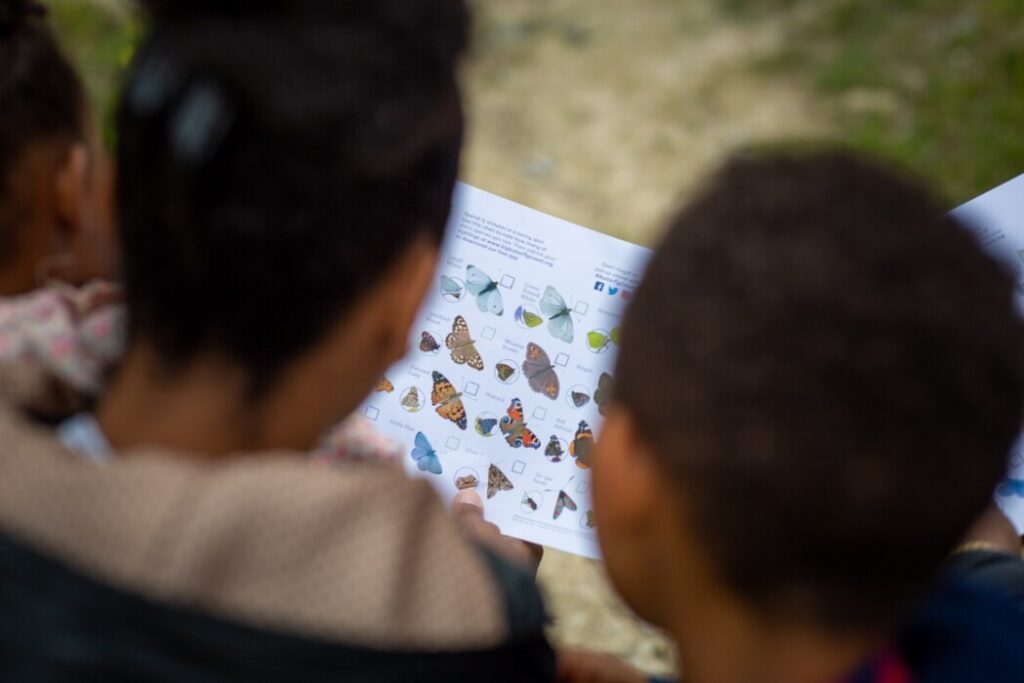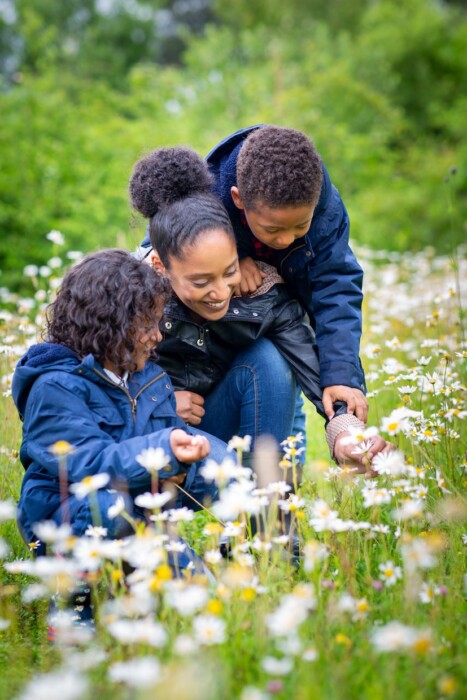Leading wildlife charity, Butterfly Conservation, has revealed the dates of this year’s highly anticipated Big Butterfly Count, which will take place from 12 July – 4 August.
The annual citizen science programme attracts tens of thousands of families out into their garden, local green space or the countryside to spend 15 minutes counting butterflies and helping to inform conservation action.

Hot on the heels of scientific evidence that proves counting butterflies is good for your mental health and wellbeing, reducing anxiety by almost 10%, the charity is calling on people to get out for the Count this summer.
Dr Zoë Randle, Senior Surveys Officer at Butterfly Conservation, said, “We need as many people as possible to take part in this year’s Big Butterfly Count to help us see what’s happening with our butterflies and moths.
“We’re getting reports that although many species have been seen early this year, likely due to the very warm early spring, sightings are actually down, which is probably a result of the very wet and windy weather. So people getting out and counting will be invaluable in helping us to gauge what’s going on!”

Butterflies are indicators of a healthy natural environment, and with half of Britain’s butterfly species already threatened or near threatened with extinction, it’s never been more important to understand how our insects are responding to the changing climate and to take action to protect them.
Butterfly Conservation’s Big Butterfly Count is the largest citizen-science project of its kind and is a positive way that everyone can help. As well as contributing to important scientific data collection, taking part in the Count is a great way to enjoy time outdoors, connect with nature and have fun.
Whether done with friends and family, or in a moment of quiet calm and solitude, the Big Butterfly Count is free, fun and takes just 15 minutes. It is open to anyone, of any age, in any part of the UK – towns, cities or the countryside. No green space is too small – a back garden, a small terrace or balcony with some pot plants, a public park, allotment or country lane are all important spaces to explore, track and report.

Last year more than 135,000 Counts took place up and down the country, with participants spending a combined total of almost four years counting butterflies. The information gathered helps scientists to understand how butterflies and moths are faring, informs conservation projects, government policies and supports other experts with their research and vital work to protect our planet.
Dr Zoë Randle added, “In total, over 1.5 million butterflies and day-flying moths were recorded in last year’s Count, with the Red Admiral reigning supreme with almost 250,000 sightings. This was the first time this iconic species hit the top spot and we’re curious to see whether the warmer winter will enable it to keep its number one position or whether another species will come out on top this year.”
This year’s Big Butterfly Count runs from Friday 12 July – Sunday 4 August. For more information and to take part simply visit www.bigbutterflycount.org or download the free Big Butterfly Count app.


